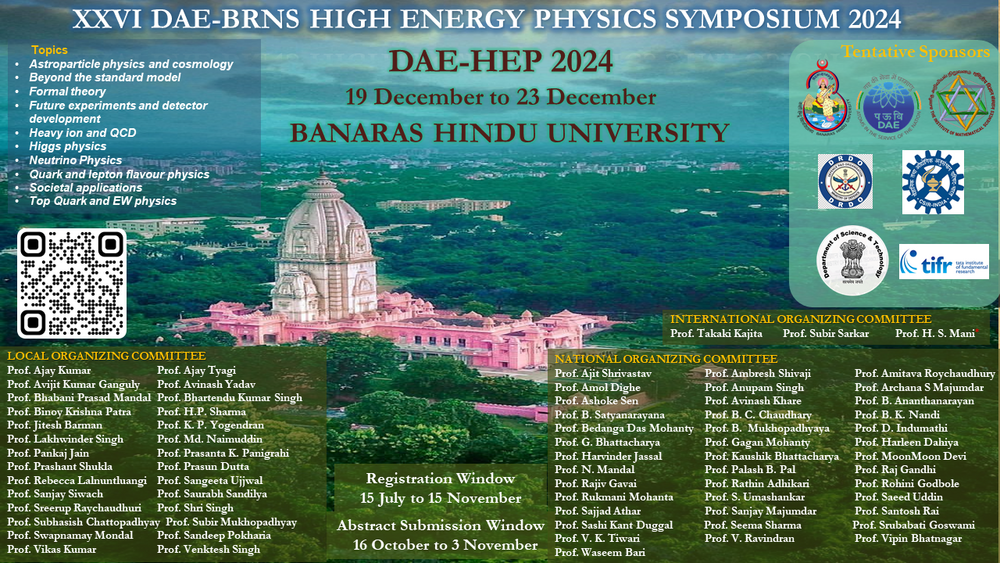Speaker
Description
In scenarios like QGP being a vortical fluid, the partons are supposed to be polarized, and, as a result, hadrons produced at the chemical freezeout boundary are also thought to be polarized. Such a non-zero polarization of $\Lambda (\bar{\Lambda})$ hyperons has been observed in heavy-ion collisions at ALICE and STAR Collaborations. Recent studies suggest the transverse component of the vorticity field is responsible for the global spin polarization, while the longitudinal component of the vorticity field accounts for the local polarization. The local polarization of $\Lambda$-hyperons arises due to the anisotropic flows in the transverse plane, indicating a quadrupole pattern of the longitudinal vorticity along the beam direction. The present study focuses on the global and local polarization of $\Lambda$ and $\bar{\Lambda}$ in Au$+$Au and Pb$+$Pb collisions at $\sqrt{s_{NN}}$ = 200 GeV and 5.02 TeV, respectively. We consider second-order viscous hydrodynamics with non-zero vorticity, which is coupled with the spin of the particles and gives rise to spin polarization in the system. Under the vortical QGP evolution framework, we explore the centrality and transverse momentum ($p_{\rm T}$) dependent global and local polarization of $\Lambda$-hyperon. These findings advocate the existence of a thermal medium and offer a qualitative understanding of the medium evolution and spin polarization of hyperons in heavy-ion collisions.
| Field of contribution | Phenomenology |
|---|

